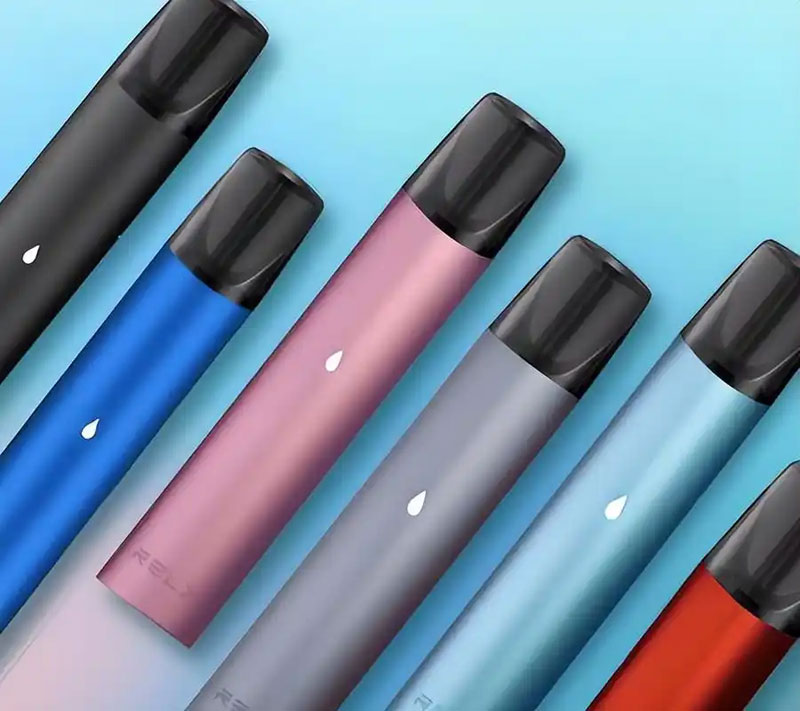E-cigarettes have become increasingly popular as an alternative to traditional tobacco smoking, with many users believing that they are a safer option. A common question that arises is: do most e-cigarettes contain only water and flavoring? The short answer is no. While water and flavoring might be components of the e-liquid used in these devices, they are not the only substances present. To understand the composition of e-cigarettes, we need to delve into what makes up these electronic nicotine delivery systems, also known as ENDS.
Ingredients Typically Found in E-Cigarettes

Many people are surprised to learn that the base of most e-cigarette liquids, or e-liquids, is made primarily from propylene glycol (PG) and vegetable glycerin (VG). These substances are used to create vapor when heated and to carry the flavors and nicotine. The ratio of PG to VG can vary, affecting the viscosity and performance of the e-cigarette. While PG is favored for its ability to produce a stronger throat hit, VG is known for creating large vapor clouds.
Nicotine: The Addictive Component
One of the primary ingredients that differentiate e-cigarettes from their traditional counterparts is nicotine. Nicotine is a naturally occurring substance found in tobacco plants and is included in varying concentrations in e-cigarette liquids to help satisfy the cravings of smokers trying to quit. Although nicotine is addictive, it is typically not the primary cause of the health risks associated with smoking.
Flavorings: The Added Appeal
Flavorings are a significant draw for many users of e-cigarettes. Available in countless varieties, from fruity to dessert-inspired flavors, they are specially formulated food-grade additives designed for inhalation. The flavors contribute greatly to the enjoyment and personalization of the vaping experience. However, there are concerns about their safety when inhaled.
Additional Additives
E-cigarettes may also contain other additives and chemicals. They might include compounds to enhance the sensation or stability of the vapor produced. Studies have shown that upon heating, certain e-liquids may decompose into potentially harmful substances, though this risk can vary widely between different products and devices.
Myths About Water Content in E-Cigarettes
It is a common misconception that e-liquids are primarily water-based. While e-cigarettes can produce a moisture-like vapor, the water content in e-liquids is minimal. The process resembles a mist, formed mainly from the vaporization of PG and VG rather than actual water. This myth likely stems from the visible vapor that e-cigarettes create, which can be misleading.
Understanding the Health Implications

It’s crucial to explore the health implications of inhaling the substances contained in e-cigarettes. While vaping is generally considered less harmful than smoking combustible cigarettes, it is not without risks. Research continues to assess the long-term impact of inhaling heated chemicals and flavorings. As such, individuals should be cautious and stay informed about ongoing scientific findings regarding e-cigarette use.
Conclusion

E-cigarettes are complex devices that utilize a variety of components beyond just water and flavorings. They include PG, VG, nicotine, and various additives and flavorings. While they have been marketed as a safer alternative to traditional smoking, it is essential for users to be informed about what they are inhaling and the potential health risks involved.
Frequently Asked Questions
Q: Why do some people think e-cigarettes contain mainly water?
A: This misconception likely arises from the visible vapor produced by e-cigarettes, which resembles water vapor or mist. However, the vapor primarily consists of aerosolized PG and VG.
Q: Are the flavorings in e-cigarettes safe?
A: While flavorings are generally regarded as safe for ingestion, their safety profile changes when they are inhaled. Research on the health effects of inhaling these substances is ongoing.
Q: Can I find e-liquids without nicotine?
A: Yes, there are e-liquids available on the market that do not contain nicotine. These options may be suitable for users looking to enjoy the flavors without the addictive substance.
